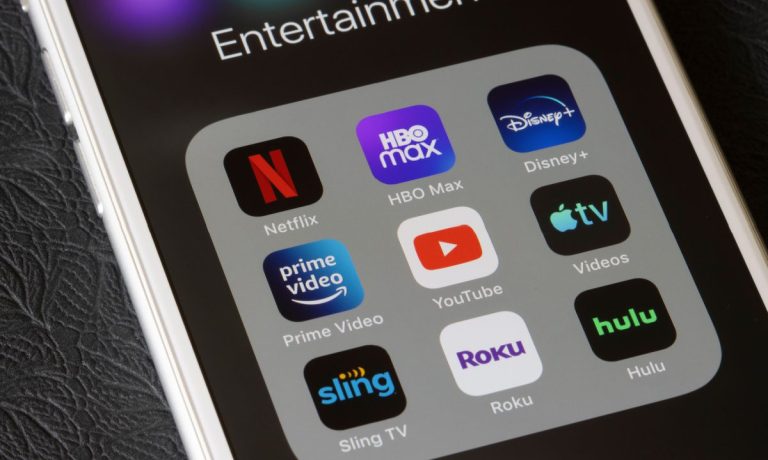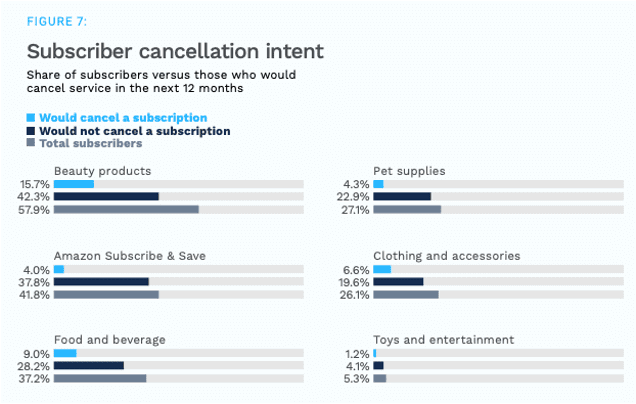
Cord-cutting continues as pay cable and traditional TV lost yet more ground in 2022, much of it to streaming competitors that in many cases are still finding their footing.
Citing data from media market research firm Leichtman Research Group, Variety recently reported on the latest tally of lost cable subscribers, noting that 5.8 million more consumers dropped their cable or pay TV subscriptions last year.
“The pain was felt most acutely among the cable providers, who saw a total loss of 3.5 million subscribers in 2022, compared to 2.7 million in 2021,” Variety said. “Of those, Comcast saw the biggest drop, losing just over 2 million subscribers, followed by Charter, with a loss of 686,000, and an estimated drop of 340,000 for Cox.”
That reporting points to the peaks and valleys of transitioning from a linear model to streaming subscriptions, calling out the fact, for example, that Disney’s linear network revenue dropped 5% to $7.3 billion over the course of last year, while its streaming revenues spiked 13% to $5.3 billion over the same period.
In both cases, however, operating income fell, showing that the pandemic-era growth of streaming options from major studios and TV networks is a work in progress to make the newer options as reliable a revenue generator as traditional pay TV was for decades.
Read: Disney’s Iger Unveils 3rd Transformation, Says Streaming Economics No. 1 Priority
The uneven path to profitability was summed up in a quote from Disney CEO Bob Iger, who said on the company’s Q1 earnings call that “The streaming business, which I believe is the future and has been growing, is not delivering the kind of profitability or bottom-line results that the linear business delivered for us over all over a few decades. We’re in a very interesting transition period, but one I think, is inevitably heading towards streaming.”
Based on recent research, Iger is on the right track. Looking at the Subscription Commerce Conversion Index: Subscribers Seek Affordability and Convenience, a PYMNTS and Sticky.io collaboration, while retail subscriptions were trimmed considerably in 2022, consumers generally kept their streaming services, voting for entertainment over products of the month.

Per that study, amid a collection of retail subscription pauses and cancellations, “The sole bright spot was streaming entertainment, which gained 6.5 percentage points. For the first time in a year, consumers were more likely to hold digital media subscriptions than retail-related subscriptions.”
When looking at subscriber intent to keep or cancel the picture becomes even clearer, as the study of nearly 2,200 U.S. consumers found few consumers with streaming cutbacks on the table compared to virtually every other type of subscription service.
Perusing that data shows the stark difference between consumer’s feelings toward retail subscriptions versus their continuing desire for streaming entertainment, with just 1.2% of respondents saying they intend to cut back streaming channels, compared to the nearly 16% who would part with beauty boxes, the 9% who plan to do without food and beverage subscriptions, and even the 4% who say they’ll drop Amazon Subscribe & Save.
The staying power of streaming entertainment shows that Americans want to watch their favorite shows — typically without commercial interruption — even while trading down the food and drink they’ll be consuming during that watch party.
Where streaming could run into trouble is a worsening of inflation that would force consumers to choose between Netflix and paying the electric bill. The Subscription Commerce Conversion Index found that over half (53%) of streaming subscribers and 48% would cancel if they had to decide between entertainment and essential services like utilities and rent.
See also: Streaming Services Get the Axe When Consumers Cut Billed Services
“The key determinant of what constitutes a valuable subscription is often tied to its ability to fulfill its original purpose as consumers consider their options,” the study states.
To keep its hold, subscriptions must continually prove their value, which in the streaming sector means more tentpole original shows and flexibility in billing policies.
Thomas Marks, head of growth at eCommerce subscription management and recurring billing platform sticky.io, told PYMNTS in a recent interview that “now that people aren’t trapped at home 24/7 they want flexibility in being able to pause a subscription, being able to suspend it for a period of time or change their frequency to an every-other-month option. The subscription brands that fare the best offer a very robust consumer portal that puts total control in the hands of consumers.”